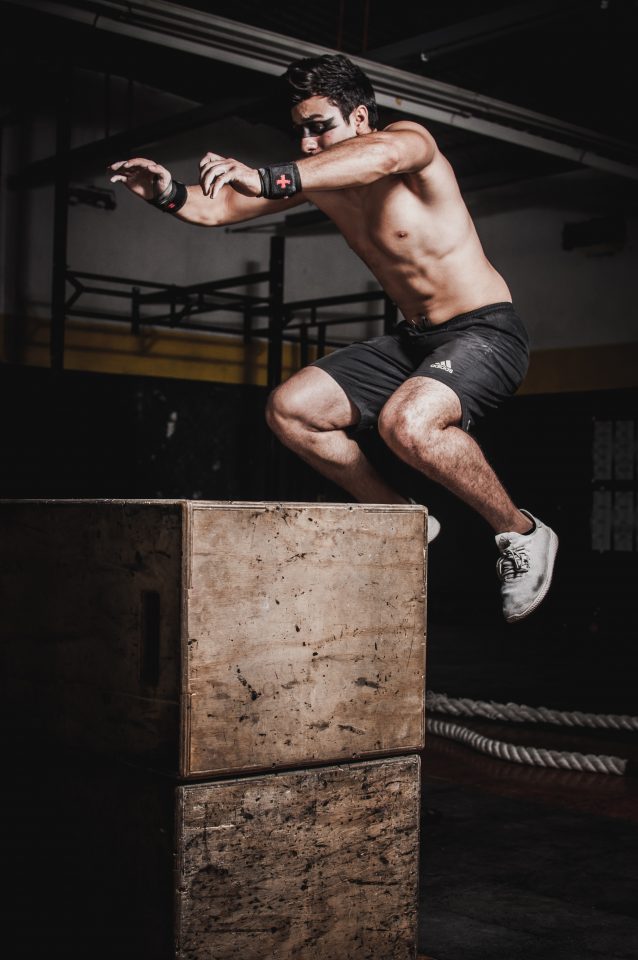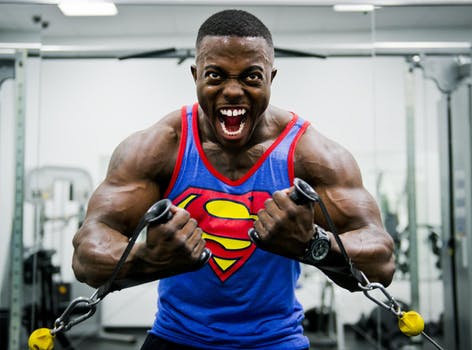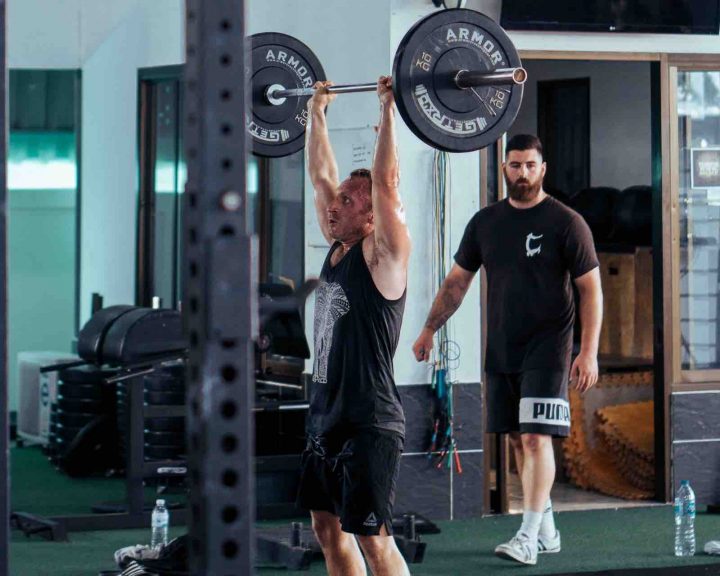The purpose of this study was to determine is long-term (multi-year) maximum strength training had an impact on explosive isometric strength, contractile properties, and neuromuscular activation when compared to untrained individuals.
The study compared 49 untrained individuals with 14 who have engaged in heavy resistance training (70%+ of 1-RM) for 3+ years. The 14 trained individuals included five national level rugby players and two who competed in powerlifting/bodybuilding. In this study we are not told anything about the strength levels of the trained individuals.
Subjects performed isometric knee extension/flexion using a dynamometer. Surface EMG was recorded for superficial quadriceps and hamstrings. The isometric knee movements consisted of maximum contractions (push as hard as possible), explosive (fast and hard as possible), and then there were evoked contractions where the femoral nerve was stimulated. Finally, subjects also performed maximal knee flexion contractions. Muscle size was assessed via MRI.
Results:
The strength training group had a knee extension maximum voluntary torque that was almost 70% greater than the untrained subjects, the strength training group also had a quadriceps cross sectional area that was more than 50% larger than the untrained group.
Absolute explosive torque was greater for trained (ranging from more than 40% greater to almost 65% greater).
Relative explosive torque was similar for both groups, though tended to be lower for the trained group.
Rate of torque development was greater for trained (ranging from more than 30% greater to almost 65% greater).
Absolute quadriceps EMG during maximum voluntary contractions was greater for trained
Absolute quadriceps EMG during explosive contractions did not differ between groups
As expected, the trained group was stronger, larger, and more explosive than the untrained group. Now, what is interesting is that this seems to be due to the size of the trained group’s muscles and not due to neural factors. The authors hypothesize this due to the fact that both groups had equivalent neuromuscular activation during explosive contractions and that the trained subjects have slower contractile properties in their muscles (i.e. take longer to develop force than the untrained).
Now, before some thoughts it’s important to explain and really important limitation in this study. While several of the trained subjects are described as being “national level rugby” athletes, we are not given any information about how the trained subjects have been training. Do they train explosively or do they only perform slow lifts? Do they do plyos? Do they sprint? How competent are they at these things? Because we don’t know these things, it’s difficult to draw some conclusions.
It would appear from the results that this study is a great confirmation of the specificity of training. If an individual trains with heavy, slow movements they become stronger at heavy, slow movements but this may not necessarily transfer to higher speeds (and you see that here). One of the authors’ recommendations deals with the importance of explosive training if that’s a desired adaptation.
I’m unsure about the above thought, however. It is true that explosive training makes an athlete more explosive, but so does becoming stronger. It’s unlikely that national level rugby players are going to be un-explosive (I know that’s not a word, but it’s the best I could come up with).
Another possibility is that the author’s clinical tests don’t do a good job of lining up with athletic performance. For example, does the rate of torque development on an isometric dynamometer equate to a vertical jump or a 20 meter sprint? Had those types of field tests been included, the trained group might have performed very differently relative to the untrained group.
Balshaw, T.G., Massey, G.J., Maden-Wilkinson, T.M., Lanza, M.B., and J.P. Folland. Effect of long-term maximum strength training on explosive, neural, and contractile properties. Scandinavian Journal of Medicine and Science in Sports, 32, 685-697, 2022.




